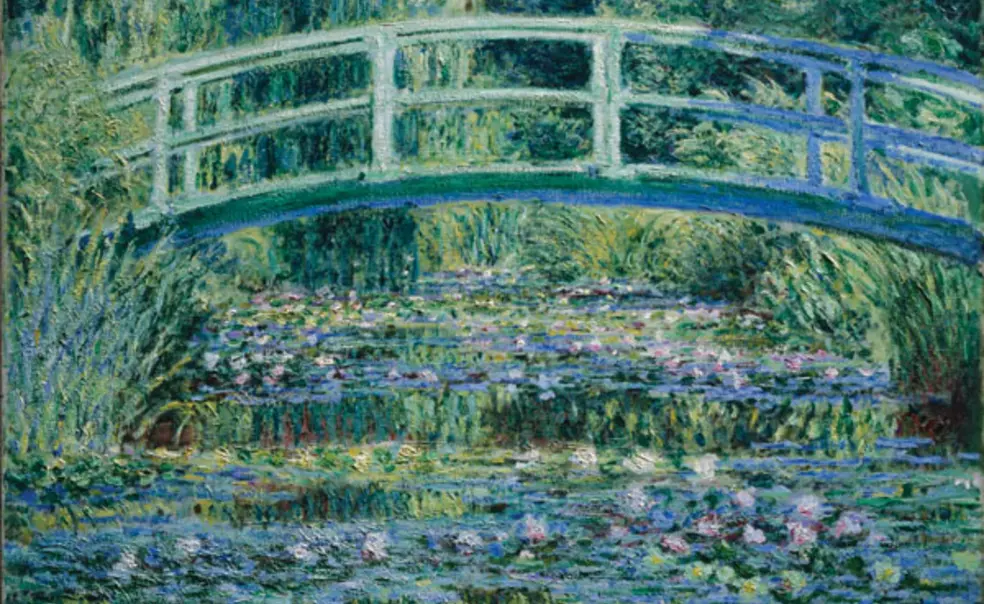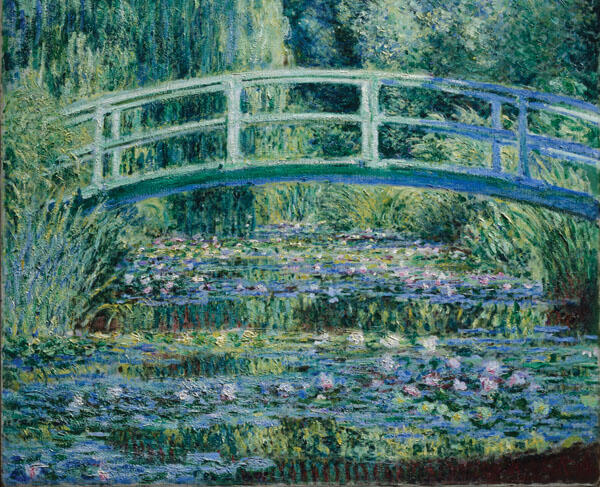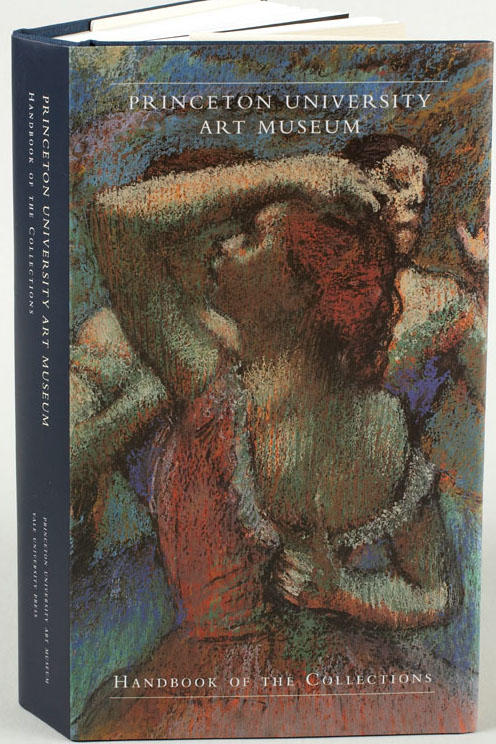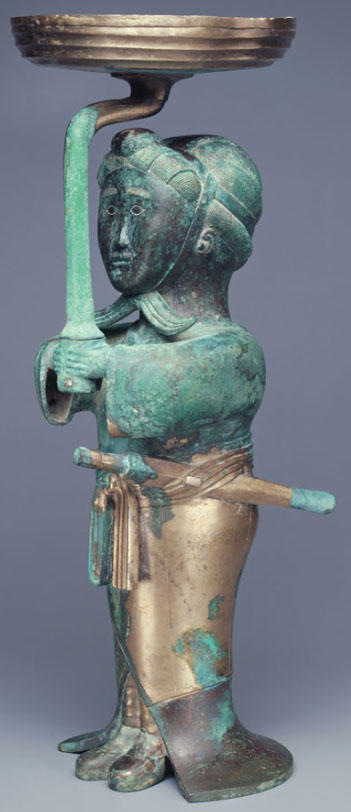Museum celebrates 125 years with handbook and exhibition
Since William C. Prime 1843 donated his collection of pottery and porcelain to Princeton in the late 19th century — a gift that would kick-start fundraising for a building to house the objects — the Princeton University Art Museum has grown into one of the premier university art museums in the United States.
To celebrate the depth and breadth of the collection — which today comprises more than 68,000 works, from an Egyptian jar dating to the fourth millennium B.C. [ca. 3650-3300 B.C.] to Claude Monet’s 1899 Water Lilies and Japanese Bridge and Willem de Kooning’s 1948 Black Friday — the museum has published a handbook of the collection and is mounting an exhibition to mark the museum’s 125th anniversary. The exhibition, “An Educated Eye: Princeton University Art Museum Collections,” will run from Feb. 23 through June 15. The museum also has organized a series of gallery talks by curators highlighting masterpieces in their collections, from the end of February through May. And on March 15–16 the museum, in collaboration with the Princeton Symphony Orchestra, will sponsor a panel discussion and concert focusing on the theme of the visual arts’ influence on music.
The handbook includes images of and accompanying text on 422 of the most significant objects in the various collections — including Asian, Ancient, Pre-Columbian, African, European, and American works of art, prints and drawings, and photographs. This is the first museum handbook produced in more than 20 years and the first one to provide descriptions and contextual information about each work pictured. Selecting works for the handbook was challenging for the curators, because “by choosing one [work] you eliminated another,” said Jill Guthrie, managing editor of the art museum.
The curators of each department had to winnow down their selections to a total of some 130 for the exhibition, which will be on view throughout three galleries. Featured as visitors enter the exhibition will be Monet’s Water Lilies and Japanese Bridge and a Chinese bronze lamp in the form of a sword-bearer dating from between the fourth and second centuries B.C. These two works represent the wide geographical and chronological range of Princeton’s collection, said Rebecca Sender, associate director of the art museum. Many works described in the handbook will be on view either in the special exhibition galleries or in the regular galleries.
William Prime’s gift to Princeton was contingent upon the construction of a fireproof building to house the University’s art objects. Prime, a journalist and founding trustee of the Metropolitan Museum of Art, and Gen. George B. McClellan, a former governor of New Jersey, were charged with writing the curriculum for a new art department in 1882, and they insisted that students would need direct access to works of art. “Courses of lectures, while conveying some instruction, would be of little practical benefit without objects to be seen and studied in connection with the instruction,” wrote Prime and McClellan in a prospectus setting forth goals of the curriculum.
Although the museum was founded in 1882, at the same time as the Department of Art and Archaeology, it wasn’t until 1890 that construction was completed on a building that served as the museum and housed classrooms and an art library. At first the museum was a small operation, says Betsy Rosasco, research curator of Later Western Art: “Visitors had to ask for a key to come and visit it.” Since then it has evolved from a small teaching museum competing for resources with the art and archaeology department, to an institution that attracts scholars from all over the world and lends and borrows works of art internationally.
Curators continue to look to strengthen the collections, and the museum is expanding the curatorial staff. With new acquisitions, the museum also is seeking additional space. Eventually galleries devoted to modern and contemporary art will be built in the future arts neighborhood near McCarter Theatre Center. The future campus landmark, said Sender, “promises to become a cultural destination.”















No responses yet